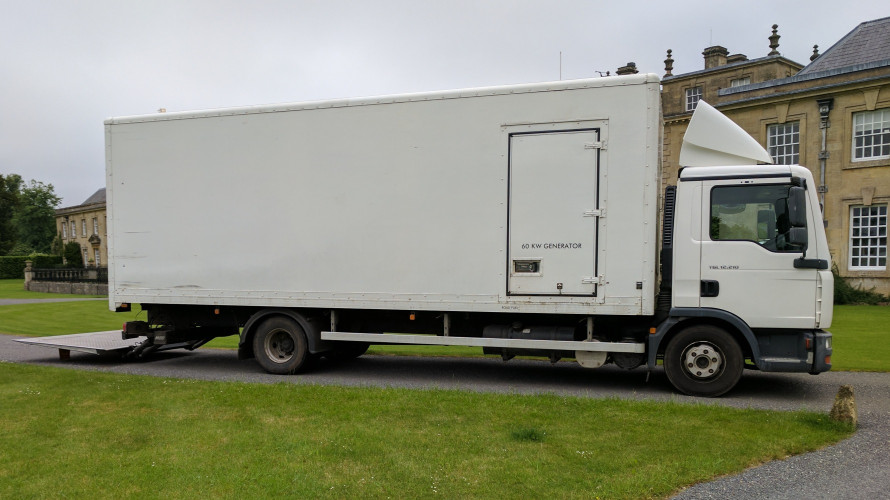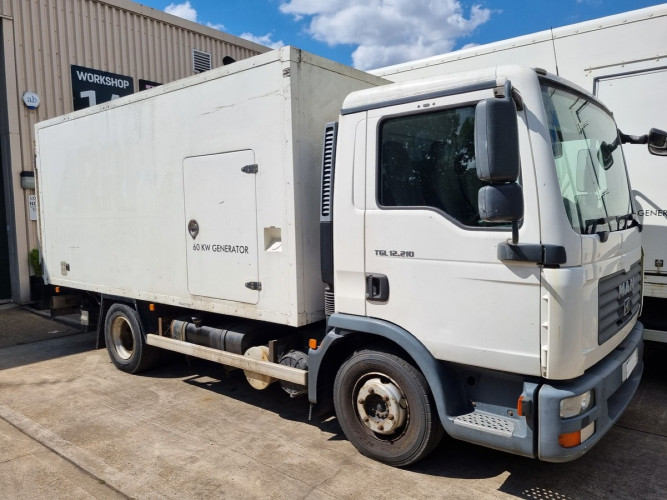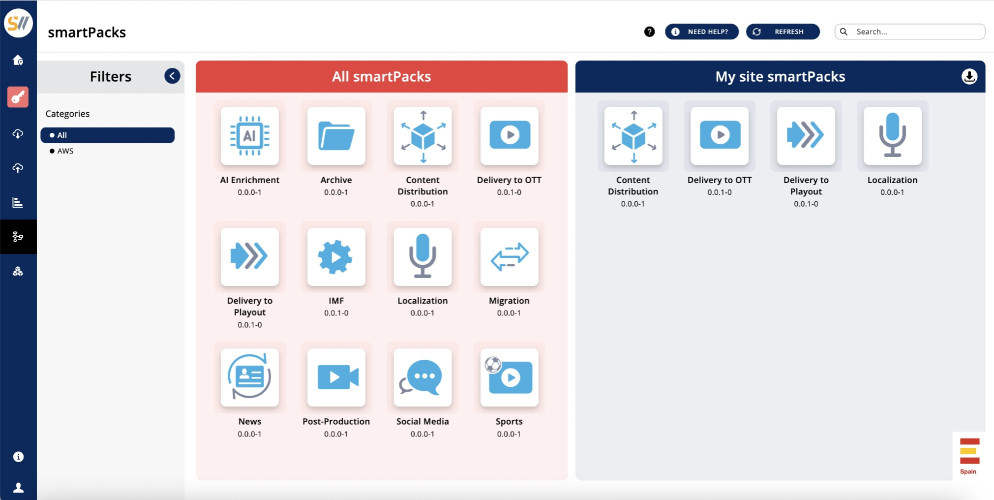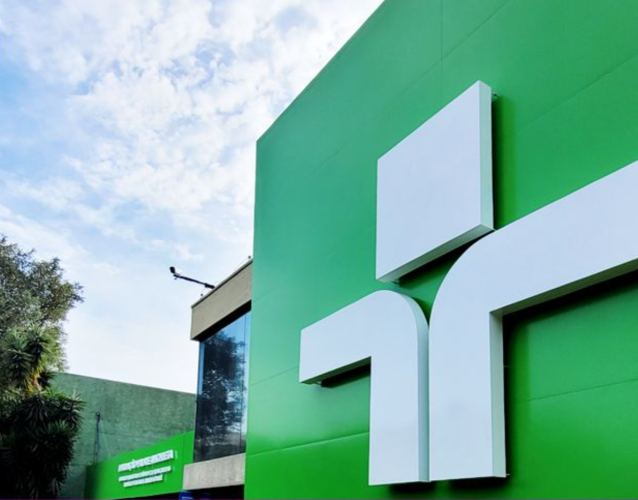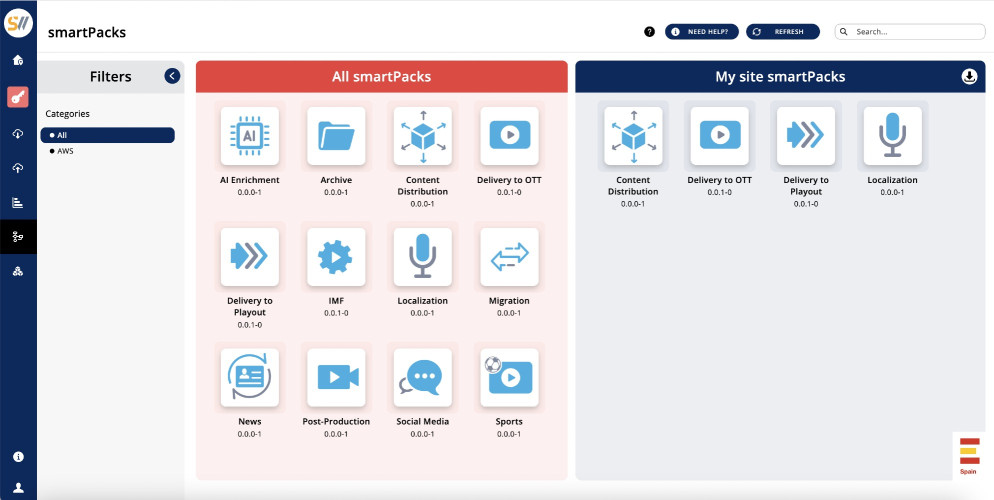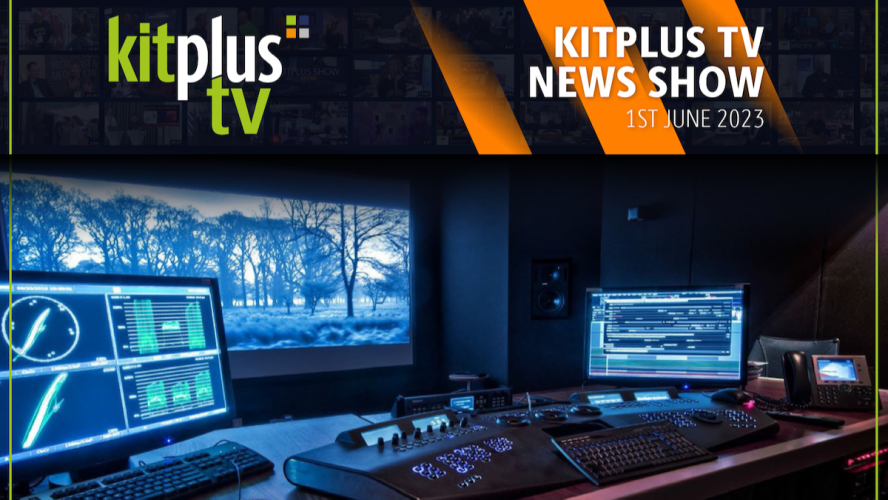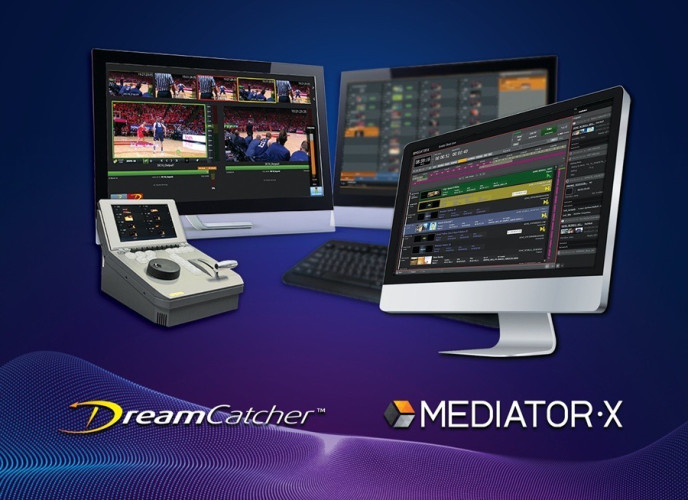The benefits of Business Process Management in Media Asset Management

Author: Bob Pank#
Published 1st October 2011
How have Media Asset Management systems changed with integration of IT platforms?
Traditionally MAM providers use wired logic for point-to-point integration based on dedicated custom links connecting two systems through a single communicating path. This rigid approach is not recommended for integrating the multiple third-party systems and technologies of a typical heterogeneous broadcast facility. Thus most tapeless systems are built around peer-to-peer custom integrations which, like dominoes, are liable to fall over when one element is changed. New MAM technology should be built on layered logic: using three core components: HSM for the archive, the MAM itself and an EBS (Enterprise Service Bus) especially designed for the intricacies of the broadcast industry providing a middleware platform that allows multiple heterogeneous systems to integrate and communicate among themselves.
These three layers provide a fully functional tapeless system that can then be used as a base for implementing a Business Process Manager (BPM) to organise workloads and workflows efficiently, which in turn brings about an increase of production speed, reduction of operational costs, preservation of quality and improves the utilisation of available resources. This is what justifies the investment of acquiring a MAM system.
The first component: HSM archive should provide unlimited scalability through a hierarchical architecture distributed across disks, robotic tape libraries and bookshelves. The HSM should automatically move files among the different tiered storage repositories while keeping a global view of the clips and their associated segments as required by the different operators and the workflows. This ensures optimal prioritisation of partial restores in real time.
The second component: MAM enables multimedia access regardless of where the media is stored. With a fully customisable data model the MAM should be able to fully adapt to the requirements for each customer and enable running advanced search queries for fast retrieval of content.
The MAM system allows the creation of dedicated database models for special events or production areas in the organisation. It also enables the linking of databases that are traditionally incompatible (e.g. automation, traffic, news, video servers, HSM and MAM) thereby harnessing their combined potential.
The third component: MPM is the most important component of a tapeless system. It should works as a middle layer integrating all the third-party systems and technologies of a typical heterogeneous facility such as video servers, traffic, playout automation, editors, newsroom system, subtitling devices and automatic QC. It also should ensure that media and metadata flow freely among the facility’s third-party systems making it possible to carry out production workflows spanning the complete facility despite the fact that many of the systems involved are often incompatible for either technical or commercial reasons.
It should include media processing tools to enable automatic file transfers between any source and any destination, thus ensuring compatibility without constraints from proprietary formats and wrappers. It is important that when executing individual media workflows the software keeps a global vision of the system and of the urgency of work being carried out. This way it can reprioritise operations and rearrange the processing workload in realtime according the urgency and importance of each workflow, media type and the specific user rights of the operators involved.
The fourth component: BPM, a high-performance system for the control of operational processes, sits above these three components automating entire production workflows. The BPM adapts to the workflow of each business allowing the broadcaster to optimise daily tasks and identifying opportunities to improve them. The BPM automates the production workflows of the company enabling the traceability of the media and documentation, organising tasks in work orders so that each process fits with accuracy to the quality standards of the company.
What are the benefits of a file-based facility?
Many broadcasters are implementing file-based systems in their facilities and yet many continue to organise working practices according to the inherent limitations associated with old tape-based technology. Going tapeless is not the ultimate goal but rather the key that opens the possibilities of significantly improving productivity by organising the way that people work in a logical and efficient manner.
By storing assets in the digital realm, broadcasters have greater security; can automate workflows; reduce costs; increase productivity; improve working practices; and increase ROI. A key element of the new digital broadcast environment is the implementation of the BPM system. Efficiency and savings are achieved by automating as many tasks as possible while reducing the number of man-hours required and thereby the incidence of operational errors.
In a broadcast facility business processes involve people, systems and content. Only when they work together in an automated environment can maximum productivity and value be realised. In order words, a BPM should ensure that all processes that can be automated are automated. This in turn allows operators to focus on the creative process they excel in, rather than wasting time doing mechanical and repetitive tasks.
How does the BPM improve broadcast workflows?
The content industry is moving rapidly from video-specific recording and storage technologies to a file-based environment. This opens up the prospect of bringing all document formats – from text to rich media – into a single workflow. To achieve this goal, it requires the development of new software products that bring all the processes together under common control.
BPM is a platform that has been used in the IT world for many years. It’s an over-arching layer that systematises and automates processes and optimises the use of available resources. In a broadcast facility there are two levels of automation: low level automation is related to the implementation of a “tapeless” model in digital audiovisual production and broadcasting; high level automation is related to the design, control and management of content production flows, optimising resources and automating human tasks. The BPM platform automates and integrates business processes (or levels of automation) and optimises them through real-time business activity monitoring.
Specialised workflow software needs to go beyond the simple definition of the steps that are required to complete tasks. By taking a step further media processing tools such as transcoders, automatic media moving and HSM software can be combined to ensure that operators involved in the workflow automatically have the required clips and segments in the right format before they begin working on their tasks. Thus they don't waste time searching for or processing media; they are free to solely focus on their creative work. This way workflows truly increase productivity output, reduce time and require fewer staff to carry out activities.
Why is BPM an essential element of today’s Media Asset Management System?
The BPM enables the standardisation and automation of a broadcaster’s production workflows according to their quality standards, providing a complete business workflow manager fully integrated with existing multimedia information systems.
Any workflow involving media assets can be defined, executed and monitored by the BPM. Each individual step of the productive process is systematised and automated whenever possible, and the usage of available resources and workloads are optimised accordingly. Some MAM providers offer prefabricated workflows that can be customised within limited parameters or by writing new code, whereas a BPM provides the tools to implement dozens or hundreds of workflows, each and every one designed from scratch around the customer’s unique requirements.
The BPM system ensures that operators interact in a coordinated way by producing work orders based on the user’s profile, specific responsibilities and by taking into account the global priorities, resources available and deadlines of the entire production chain.
How does the BPM integrate with other systems?
The system is designed to be tightly integrated with traffic in a bidirectional way. Traffic systems can drive the BPM so that most workflows and their associated work orders are launched and executed automatically. It operates with a global database, which queries and updates all third-party databases involved in the workflows ensuring that the information and metadata is consistent throughout the entire system.
From the onset the BPM is designed to tackle the specific challenges of broadcast environments and the management of very large video files. It features special functionality such as integrated multimedia player for versioning, creating segments and validating subtitles and generates specific reports covering ingest and QC tasks. The system is designed to integrate using the best possible methods offered by the facility’s third-party systems and their databases.
What further sets this technology apart from other systems is its ability to deliver media to transmission, editing, archiving or any other area of the facility, whilst carrying out all the media processing, so that it arrives in the most efficient way in the correct format for the device that’s going to use it. This is done automatically.
The BPM is not a concept: this layered logic platform is available now from Tedial and has revolutionised business processes for a number of broadcasters including Televisa, Chello Multicanal and RTVE.
Will Tedial be demonstrating layered logic at IBC?
Yes, visit Tedial on stand 8.B41 and see how the company has transformed the broadcast industry providing an enterprise level integration platform based on IT architecture allowing broadcasters to take full advantage of file-based workflows by optimising and automating operational processes. Tedial’s solutions are vendor and hardware-independent, which means that they release customers from proprietary constraints and thereby significantly increasing productivity and ROI.
At IBC 2011 Tedial will celebrate its tenth anniversary and will demonstrate updates to its product portfolio including: Tarsys MAM, MPM and Ficus BPM.



